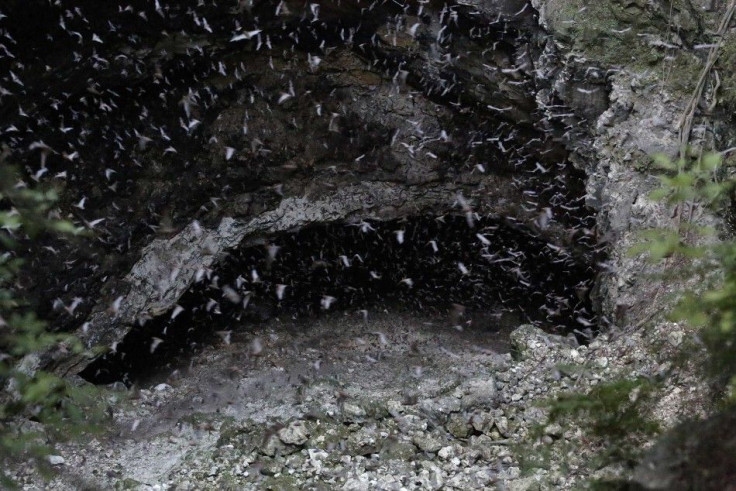160-Year-Old Bat-Winged Jurassic Dinosaur Discovered In China

Scientists in China have recently discovered fossils of a species of a small dinosaur, which is believed to have possessed the ability to fly over short distances. According to the researchers, the Jurassic dinosaur species had bat-like wings which gave it the ability to fly.
Previous discoveries by the Chinese scientists have unearthed several species of small dinosaur species, out of which a few even had feathers. However, the latest discovery about the dinosaur species which might have attempted to fly has made scientists think about the origin of birds. The researchers now think that initially during the Jurassic period, small creature with featherless wings might have attempted to take a flight during the phase of evolution of flight. However, the scientists are yet to establish a definite mechanism that could explain the phenomenon.
The recently discovered dinosaur species has been named Yi Qi, meaning “strange wings” in Chinese. The winged-dinosaur—unearthed in Hebei province in northern China—is believed to have lived about 160 million years ago. The fossils belong to scabsoriopterygids, a small group of dinosaurs. According to the researchers, the dinosaurs come from a lineage that later developed into birds during the evolution.
"Yi Qi was a pioneer in the dinosaur flight evolution and a reminder of how different limbs would be if the evolutionary tree ended up at a dead end in the early history of flight," said study co-author Zheng Xiaoting.
Analysis of the fossils has revealed that the bat-winged dinosaur had rod-like bones extending from wrists, similar to the ones in bats and flying squirrels. According to the researchers, the bones might have assisted the dinosaur's wing membranes during a flight. Small patches of membranous tissue were also found to be attached to the bones.
“No other bird or dinosaur has a wing of the same kind. We don’t know if Yi Qi was flapping or gliding, or both, but it definitely evolved a wing that is unique in the context of the transition from dinosaurs to birds,” said lead author Xu Xing.
The discovery has been reported in the journal Nature.
To report a problem or to leave a feedback on the article, send an e-mail to emailtoguneet@gmail.com.






